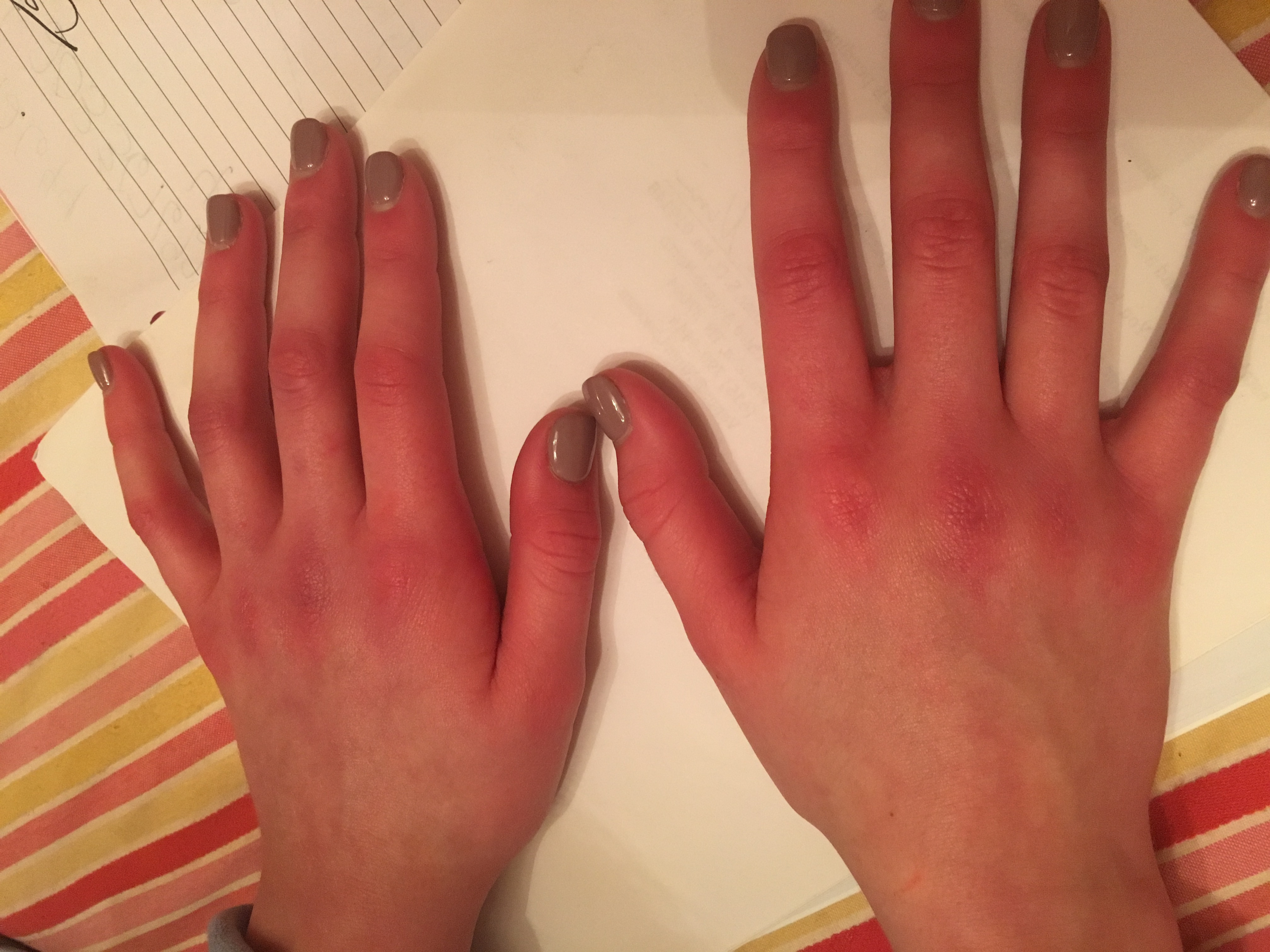PR1-160
Gabapentin Effective for Treating Pain in a Pediatric Patient with Primary Erythromelalgia
Murphy M, Sobey J, Franklin A
Monroe Carell Jr. Children's Hospital at Vanderbilt, Nashville, TN, United states of america
Introduction: Erythromelalgia is a rare neuropathy characterized by red, hot, painful extremities. It has been well studied in the adult population, but is not well characterized in children. Treatment is largely unsatisfactory and highly individualized. Many patients are refractory to the traditional pharmacotherapy used and pain relief is not predictable with invasive interventional options.
Case Description: A previously healthy 12-year-old female presented to the pediatric pain clinic with a two year history of progressively worsening bilateral hand pain and recent development of bilateral foot pain. She first noticed her symptoms while playing soccer, but any type of strenuous activity or stress could trigger symptoms. Pain was described as tingling in nature. She had a glove and sock distribution of her symptoms, excluding the soles of the feet. Acetaminophen and ibuprofen were ineffective. When the pain was severe, she would place her hands and feet in cold water, which would alleviate her symptoms.
Physical exam revealed erythematous hands bilaterally and mild mottling of feet. She had normal skin color and texture elsewhere, as well as normal hair distribution and no atrophy or edema. Pain and erythema was reproducible when her hands were placed under warm water in the clinic sink, with her hands developing a sustained five-degree temperature elevation.
Labs to evaluate for potential secondary causes were normal. She was immediately started on aspirin 81 mg daily and gabapentin 200 mg at night. Instructions were given to increase gabapentin to twice daily after one week if no negative side effects developed.
Upon follow-up one month later, the patient reported significant functional improvement and minimal pain, as well as fewer symptoms while playing sports. She is still taking gabapentin 200 mg twice daily with no adverse side effects.
Discussion: Erythromelalgia is a rare clinical syndrome in the pediatric patient population. In one review of pediatric patients, it was noted that the disease went unrecognized for a mean of 5 years and was associated with increased morbidity and mortality, including suicide in one patient. In the same review, treatment modalities in children were variable, ranging from antidepressants to anticonvulsants to regional anesthesia, with the most common treatment being topical lidocaine, most with minimal to no relief.
Gabapentin has been used successfully for treatment of various neuropathies. It has a well-established safety profile with minimal adverse side effects in children. Although there is little research regarding its efficacy for treatment of erythromelalgia in children, we felt a trial of gabapentin was appropriate in this patient. The patient’s marked improvement in symptoms suggests a potential role for gabapentin as a first line treatment option for pediatric patients presenting with signs and symptoms of erythromelalgia.
Top












